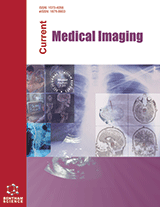Abstract
Background: With the evaluation of focal epicardial coronary stenosis and non-obstructive atherosclerosis, the cardiac scans play a significant role in diagnosing coronary artery disease (CAD). Moreover, the advancements in the imaging techniques leading to improved risk assessment and timely therapies help in early diagnosis of CAD with greater accuracy.
Aims: To evaluate the role of cardiac scan in diagnosing CAD. Methods: Recruited 100 individuals without any history of CAD that refers to the assessment of suspected angina, conducted the prospective study. Electrocardiogram (ECG) findings assisted in the evaluation of left bundle branch blockage, abnormalities of ST-segment, and pathological Q waves. Results: The results depicted negative N.M findings among 38 respondents; whereas, ischemia and myocardial infarctions were diagnosed in 26% and 19% of the respondents, respectively. The majority of the males (59) were positive in contrast to 37 females with positive results. Similarly, 24 respondents were presented with mild dilated left atria (LA), 37 respondents suffered from impaired relaxation pattern of left ventricular (LV) diastolic filling; while, 40 of the respondents had normal global LV systolic function. Conclusion: The study results have concluded that non-invasive, low-risk, and cost-effective technique like ECG is an important beneficial advancement in the diagnosis of CAD.Keywords: Cardiac scan, diastole, electrocardiogram, ischemia, myocardial infarction, systole.















